How Brain Science is Revolutionizing Marketing in 2025
Introduction
In 2025, the digital marketing landscape is no longer just about catchy slogans and eye-catching visuals. It’s about understanding the human brain. Enter neuromarketing—a cutting-edge field that combines neuroscience, psychology, and technology to create hyper-personalized, emotionally resonant marketing campaigns. In this blog, we’ll explore how it is revolutionizing digital campaigns and what it means for marketers in 2025.
What is Neuromarketing?
Neuromarketing is the study of how consumers’ brains respond to marketing stimuli. By using tools like EEG (electroencephalography), eye-tracking, and facial coding, marketers can measure emotional engagement, attention, and memory retention. In 2025, advancements in AI and machine learning have made it more accessible and actionable than ever.
How Neuromarketing is Transforming Digital Campaigns in 2025
1. Hyper-Personalized Content
Neuromarketing allows brands to create content that resonates on a deeply personal level. By analyzing brain activity, marketers can identify what triggers positive emotions and tailor content accordingly. For example:
- Netflix uses it to optimize thumbnails and recommendations based on emotional responses.
- E-commerce platforms like Amazon use eye-tracking to design product pages that maximize engagement.
2. AI-Powered Emotional Analytics
In 2025, AI tools can analyze facial expressions, voice tones, and even text sentiment to gauge emotional responses. This data helps marketers refine ad copy, video content, and social media posts to evoke the desired emotions.
- Example: AI tools like Affectiva and Realeyes are being used to test ad effectiveness before launch.
3. Optimizing User Experience (UX) with Brain Data
Neuromarketing is reshaping UX design by providing insights into how users interact with websites and apps. Heatmaps, scroll patterns, and click-through rates are now complemented by brainwave data to create seamless, intuitive experiences.
- Example: Companies like Google and Apple use it to test and optimize their interfaces.
4. The Rise of Neuro-Pricing Strategies
Pricing is no longer just about numbers—it’s about perception. Neuromarketing helps brands determine the “psychological price points” that feel most appealing to consumers.
- Example: Luxury brands use it to set prices that evoke exclusivity and desire.
5. Ethical Considerations in Neuromarketing
As neuromarketing becomes more prevalent, ethical concerns around privacy and manipulation are growing. In 2025, brands must balance innovation with transparency to build trust with consumers.
- Example: GDPR and other regulations are evolving to address the ethical use of neuromarketing data.
How to Get Started with Neuromarketing in 2025
- Learn the Basics: Start with courses or certifications in neuromarketing and consumer psychology.
- Leverage AI Tools: Explore tools like Neuro-Insight, iMotions, and BrainCheck to integrate neuromarketing into your campaigns.
- Test and Iterate: Use A/B testing combined with neuromarketing insights to refine your strategies.
- Stay Ethical: Always prioritize consumer trust and transparency in your campaigns.
Conclusion
Neuromarketing is no longer a futuristic concept—it’s a reality in 2025. By understanding how the brain responds to marketing stimuli, brands can create campaigns that are not only effective but also deeply resonant. As digital marketers, embracing it is no longer optional; it’s essential to stay competitive in an increasingly data-driven world.
“Ready to dive deeper into the future of marketing? Explore our advanced digital marketing courses and learn how to leverage neuromarketing in your campaigns. Enroll today!”
click here for more actionable digital marketing tips!

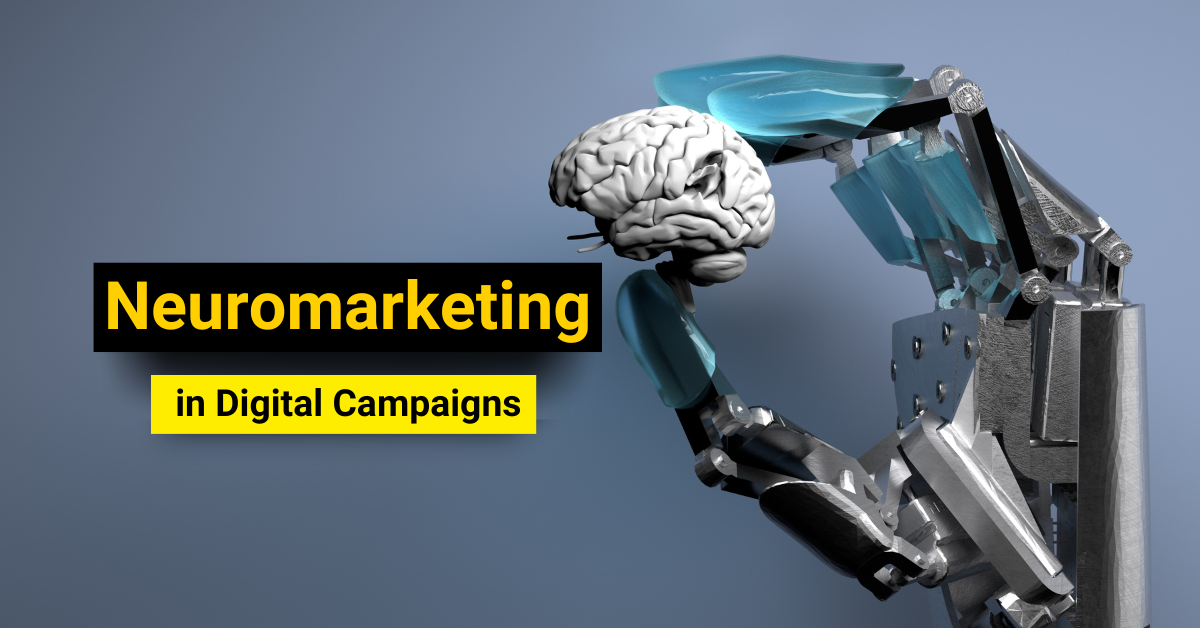
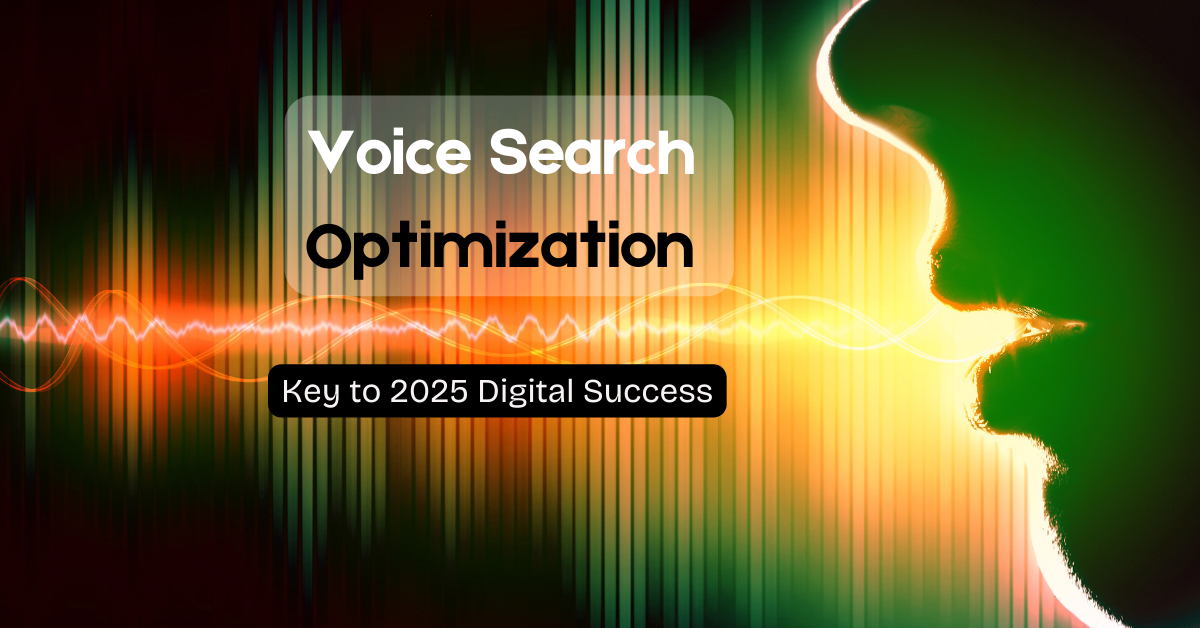
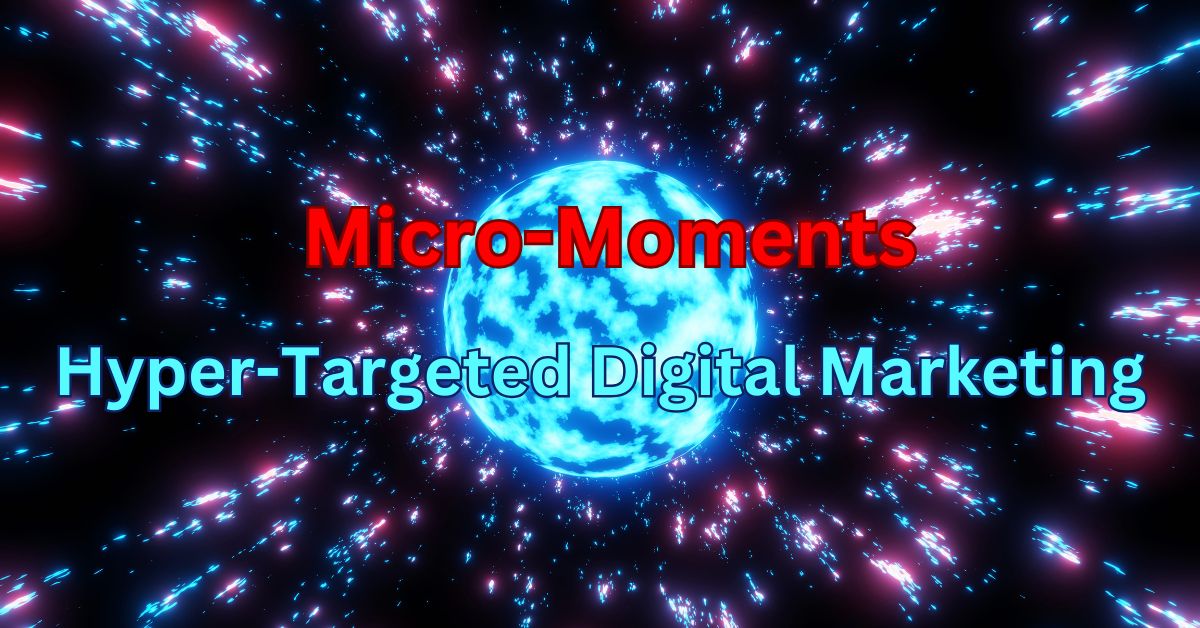
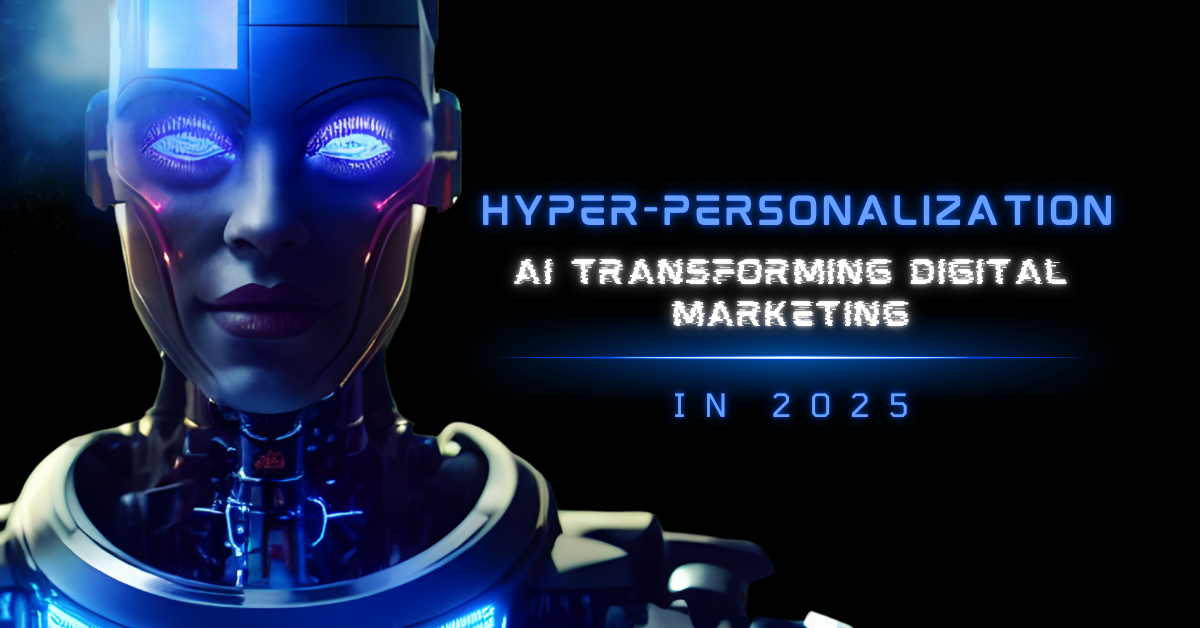
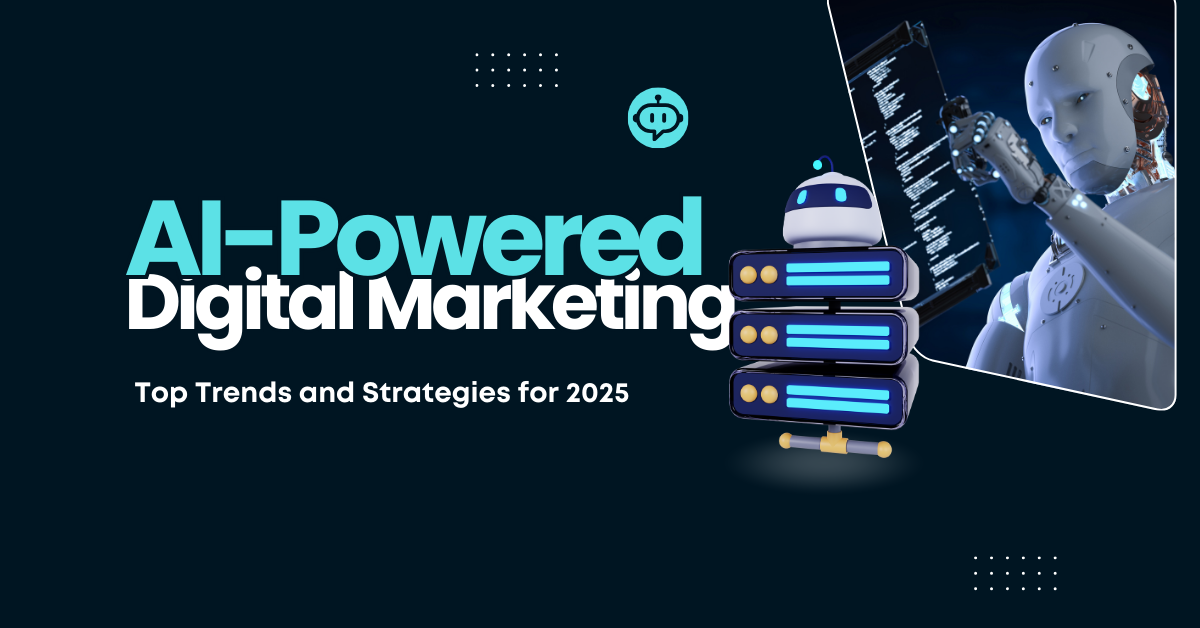
while reading ! Loved how you explained the science behind consumer behavior. Neuromarketing truly is the future.
Insightful take on neuromarketing and its role in Digital Marketing for 2025. Loved the examples and focus on personalization, AI, and UX.
Great read!
This was such an interesting read! It’s amazing to see how brain science is actually shaping the future of Digital marekting in 2025. The way neuromarketing helps brands understand emotions and create more personal, impactful campaigns is just next level. I had no idea things like eye-tracking and emotional analytics were already being used this way! Definitely inspired to learn more and start applying some of these ideas in real campaigns. Thanks for sharing this—it really got me thinking!
“Neuromarketing is such an exciting angle in digital campaigns! Understanding how the brain reacts to content can really level up engagement and conversions. Loved reading about how emotions drive buying decisions!”
This is absolutely fascinating! Neuromarketing is clearly reshaping the future of Digital marketing institute in bangalore —combining consumer behavior with brain science brings a whole new level of precision to campaigns. How can small businesses start using neuromarketing tools to boost their digital marketing efforts on a limited budget